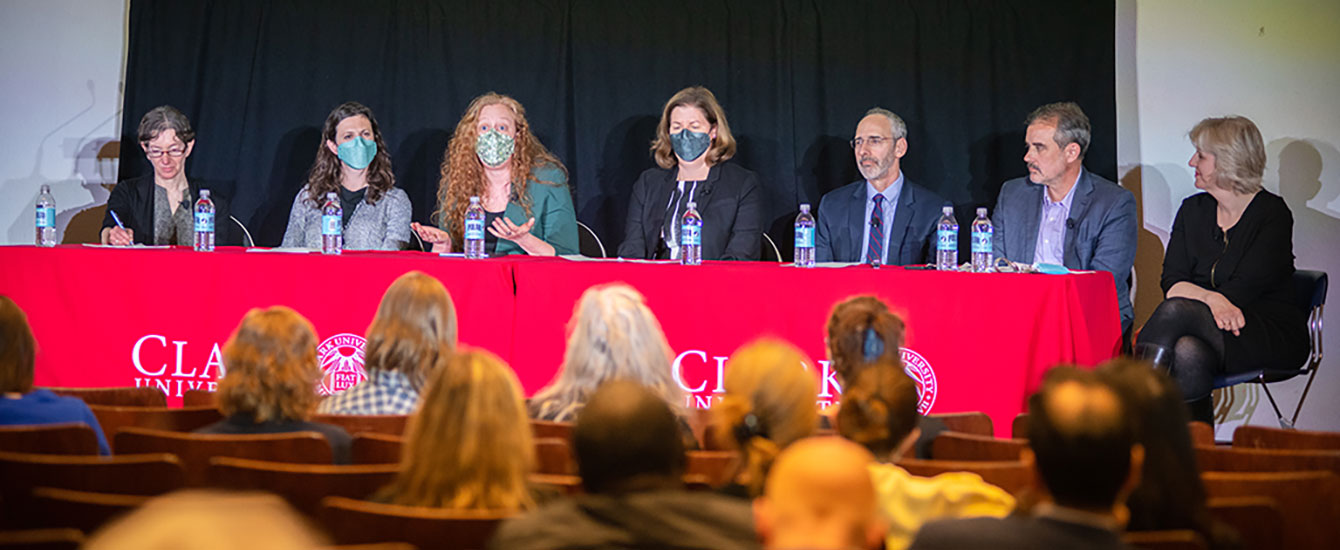Political Science
Introduction: The domestic and international obstacles to state-building in Russia
Document Type
Book Chapter
Abstract
Speaking to the Eighth Congress of Soviets on December 23, 1920, in the afterglow of his party’s assumption of power in Russia, Vladimir Ilyich Lenin, leader of the Bolsheviks, expressed his enthusiastic vision of the future in terms of an equation: “Communism is Soviet power plus the electrification of the whole country.” 1 Although Soviet power was imposed relatively quickly, and electricity followed in due course, the equation proved false, and communism was never reached. Similarly, after the conclusion of the Cold War, scholars and politicians alike were eager to derive an equally simple formula for creating democracy on the ruins of Soviet autocracy. Although it was never expressed as pithily as Lenin’s, the equation might look like this: “Liberal democracy is the end of Soviet power plus capitalism.” 2 But, a decade later, the political mathematicians had to return to the drawing board. Although Soviet power had collapsed by the close of 1991, the Soviet Union having joined the tsarist empire on the ashheap of history, and although a hybrid capitalism in Russia had spread nearly as far as electrification, the result of the proposed equation proved elusive. Despite its leaders’ declared intentions, the Russian state did not transform itself into a liberal democracy, and quickly developed a reputation for being able to guarantee neither the public welfare and safety of its citizens, nor the rule of law on which liberal democracy is founded.
Publication Title
Building the Russian State: Institutional Crisis and the Quest for Democratic Governance
Publication Date
2018
First Page
1
Last Page
23
ISBN
9780429970504
DOI
10.4324/9780429501951
Keywords
Russia, Soviet Union, state-building
Repository Citation
Sperling, Valerie, "Introduction: The domestic and international obstacles to state-building in Russia" (2018). Political Science. 89.
https://commons.clarku.edu/faculty_political_science/89



